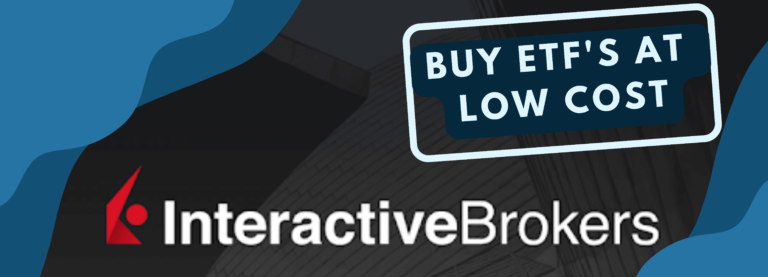Passive Investing in the Stock Market: Understanding the Basics
Passive investing in the stock market is a popular strategy among investors who are looking for long-term growth while minimizing their involvement in day-to-day stock picking and market timing. The idea behind passive investing is to buy and hold a diversified portfolio of stocks, and let the market do the work for you. This approach can be a great way to achieve long-term returns and build wealth over time. However, it’s also important to understand the pros and cons of passive investing.
What is passive investing?
Passive investing is a strategy that involves buying and holding a diversified portfolio of stocks, regardless of market conditions. The goal of passive investing is to achieve long-term returns that are in line with the overall market, rather than trying to beat the market through active stock picking and market timing. Passive investors typically invest in index funds or ETFs, which track a specific market or sector.
One of the main benefits of passive investing is that it is relatively low-cost. Index funds and ETFs have lower expense ratios than actively managed funds, which means that investors can keep more of their returns. Additionally, passive investing can be less time-consuming, as investors don’t need to constantly monitor the market and make trades.
Passive investing vs. active investing
Passive investing is often compared to active investing, which involves buying and selling stocks based on market conditions and the investor’s own research and analysis. Active investors typically aim to beat the market by identifying undervalued stocks and timing their trades.
The main difference between passive and active investing is the level of involvement and risk. Passive investing is a low-risk strategy that aims for long-term returns in line with the overall market, while active investing is a higher-risk strategy that aims for above-average returns through stock picking and market timing.
Pros:
• Low cost: One of the main benefits of passive investing is that it is relatively low-cost. Index funds and ETFs have lower expense ratios than actively managed funds, which means that investors can keep more of their returns.
• Diversification: Passive investing allows investors to easily diversify their portfolio by investing in a mix of different stocks and sectors. This can help to reduce the risk of loss and increase the chances of long-term success.
• Low-maintenance: Passive investing is a low-maintenance strategy as investors don’t need to constantly monitor the market and make trades.
• Historically, passive investing has shown to provide similar or higher returns than active investing in the long run.
Cons:
• Limited upside potential: Because passive investing aims to achieve returns in line with the overall market, there may be less potential for above-average returns compared to active investing.
• Lack of control: Passive investors have less control over the specific stocks that make up their portfolio, as the portfolio is designed to track a specific market or sector.
• Limited flexibility: Passive investing requires investors to buy and hold a diversified portfolio of stocks, regardless of market conditions. This can limit the ability to take advantage of market opportunities or react to market changes.
• Passive investing doesn’t take into account the current market conditions, meaning that investors might miss out on opportunities that active investors can take advantage of.
In conclusion, passive investing in the stock market can be a great way to achieve long-term returns and build wealth over time, while minimizing involvement in.







